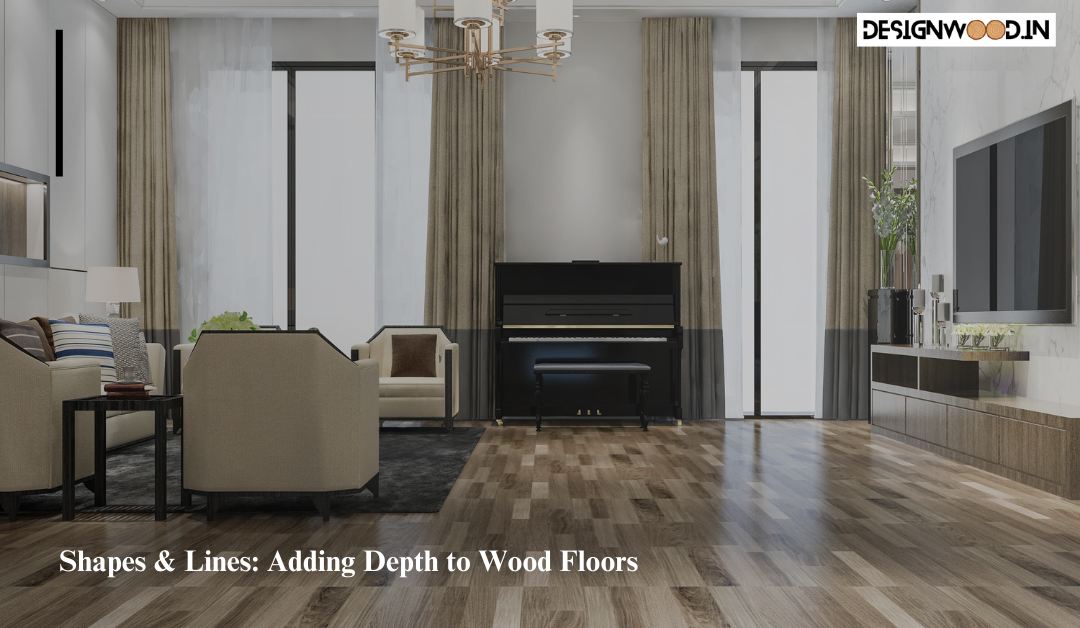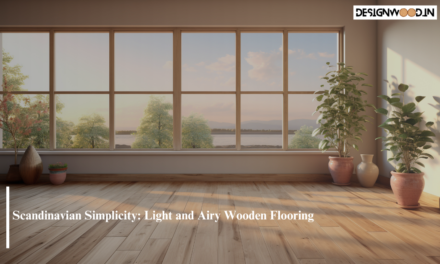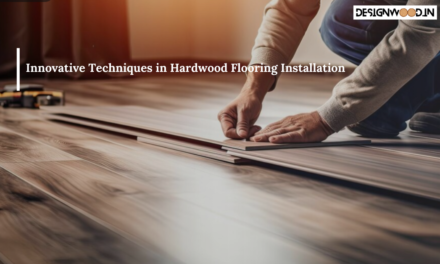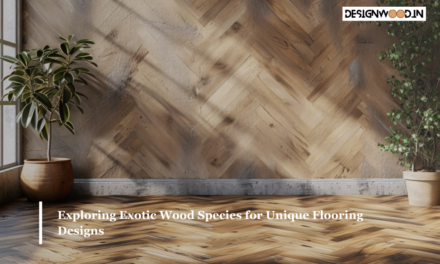Wood floors serve as the foundation of interior design, providing both functionality and aesthetic appeal to any space. Beyond the classic plank layout, shapes and lines can be utilized to add depth and visual interest to wood floors, transforming them into dynamic focal points within a room. Here are how different shapes and lines can be incorporated into wooden flooring to create captivating and multidimensional designs.
The Impact of Shapes and Lines:
Shapes and lines play a significant role in shaping the visual perception of a space. By introducing geometric patterns, curves, and angles into wood flooring, designers can manipulate the perception of depth, movement, and scale. Whether through intricate inlays or simple layout variations, shapes, and lines can add a sense of drama, elegance, or playfulness to wood floors, elevating the overall design aesthetic.
Geometric Patterns:
Geometric patterns, such as herringbone, chevron, or basketweave, are classic choices for adding depth and sophistication to wood floors. These patterns utilize a combination of angled or parallel lines to create visually striking designs that draw the eye and enhance the sense of space. Herringbone patterns, for example, feature interlocking rectangles arranged in a zigzag formation, while chevron patterns consist of V-shaped lines that create a sense of movement and flow. By incorporating geometric patterns into wood flooring, homeowners can achieve a timeless and elegant look that complements a variety of interior styles.
Curves and Circles:
While straight lines and angles are common in wooden flooring design, curves and circles can introduce a sense of softness and fluidity to a space. Circular motifs, such as medallions or rosettes, can serve as focal points within a room, adding visual interest and breaking up the monotony of linear patterns. Curved borders or inlays can create organic shapes that echo the natural contours of the space, enhancing the overall flow and harmony of the design. By incorporating curves and circles into wood flooring, homeowners can create inviting and dynamic environments that exude warmth and charm.
Mixed Materials and Textures:
In addition to playing with shapes and lines, designers can enhance the depth of wood floors by incorporating mixed materials and textures. Contrasting materials, such as stone, tile, or metal, can be used to create borders, insets, or accents that add visual intrigue and depth to the floor. Textured surfaces, such as hand-scraped or wire-brushed finishes, can create tactile interest and enhance the natural beauty of the wood. By combining different materials and wooden flooring texture, homeowners can create wood floors that are not only visually stunning but also rich in texture and dimension.
Color Contrasts and Gradients:
Color contrasts and gradients can also be used to add depth and dimension to wood floors. Lighter wood tones can create a sense of openness and airiness, while darker tones can add drama and sophistication. By strategically placing contrasting or gradient elements within the flooring design, designers can create visual focal points that draw the eye and enhance the overall ambiance of the space. Whether through subtle variations in stain color or bold color-blocking techniques, color contrasts and gradients can transform wood floors into works of art that captivate the senses.
Conclusion:
Shapes and lines are powerful tools for adding depth and visual interest to wood floors. Whether through geometric patterns, curves and circles, mixed materials and textures, or color contrasts and gradients, designers can create captivating flooring designs that elevate the entire space. By experimenting with different shapes and lines, homeowners can personalize their wood floors to reflect their unique style and personality, creating environments that are as visually stunning as they are functional.





